
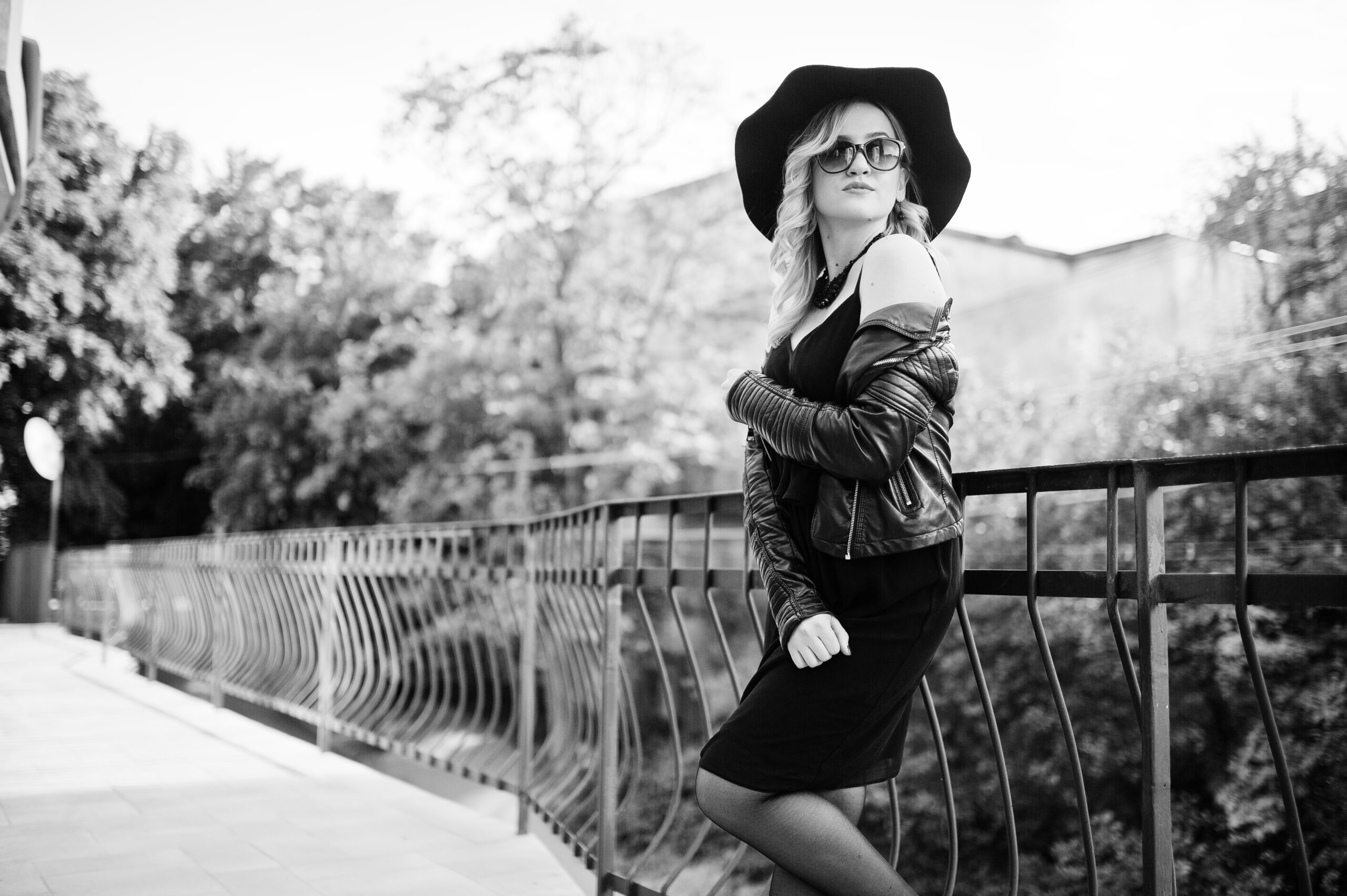
My journey with photography started a decade ago when I first held a camera in my hands. Since that moment, I’ve embarked on an amazing adventure—traveling, discovering, and freezing moments that tell unique stories. Along the way, I’ve been honored to collaborate with wonderful clients and bring their visions to life through my lens.

Photography is more than just images — it’s emotion, atmosphere, and the art of seeing beauty in the everyday.

From concept to final cut, we craft cinematic videos that bring your story to life — whether it’s an event, brand, or personal moment.

It’s like radio, but on-demand. Whether you’re commuting, working out, or relaxing at home, podcasts make it easy to stay informed, inspired.

Honest blogs and reviews that share insights and real experiences to keep you informed and inspired.

Art and paintings express creativity and emotion through colors and forms. Every piece invites reflection and connection.

Books and writing bring ideas to life through words. They inspire, inform, and connect people across time and space.s
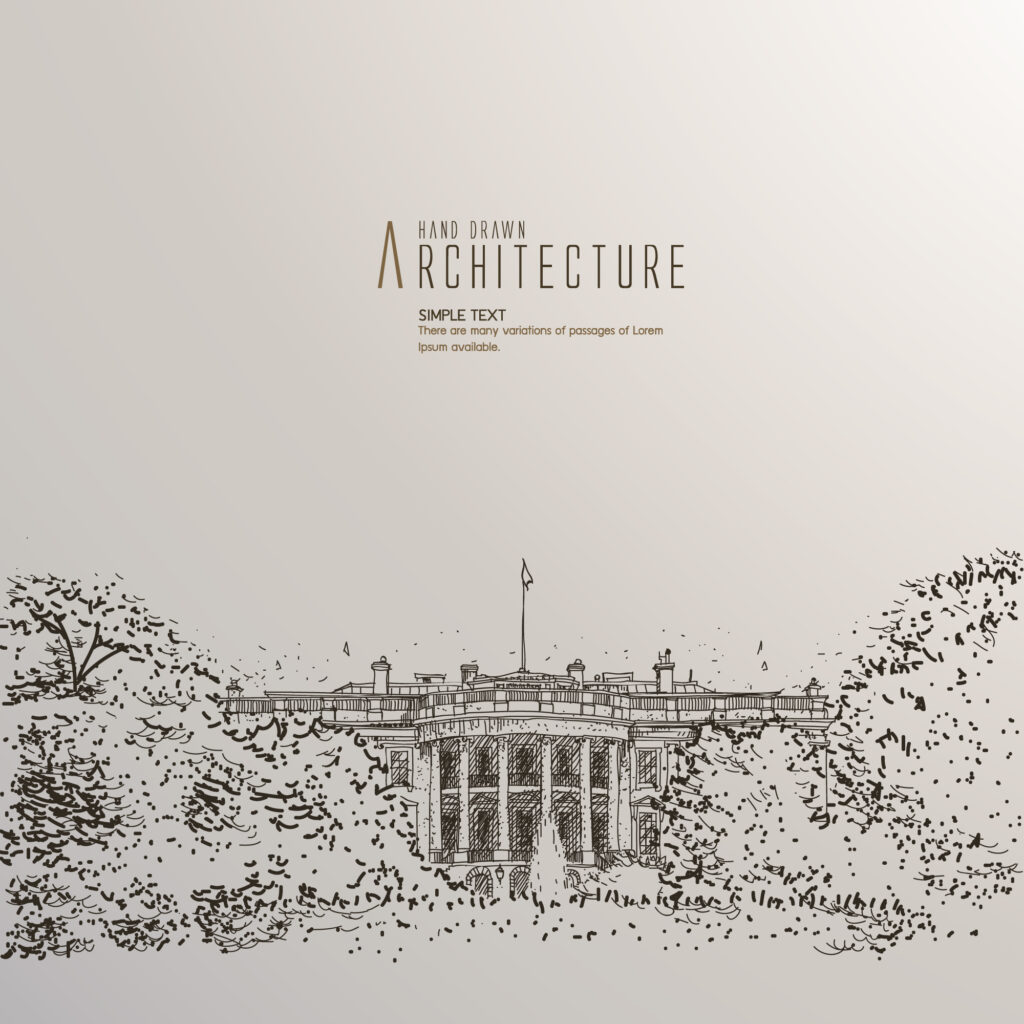
Books and writing are powerful tools for expression, reflection, and connection. Every sentence carries a thought, a memory, or a vision — woven together to form stories that speak to the heart and mind. Through writing, we preserve knowledge, share emotions, and explore the endless possibilities of human imagination. A book is not just a collection of pages; it is a journey, a conversation, and sometimes, a mirror that reflects who we are or who we aspire to be. Whether it’s fiction, poetry, memoir, or professional writing, the written word has the ability to inspire change, spark creativity, and leave a legacy that lasts for generations.
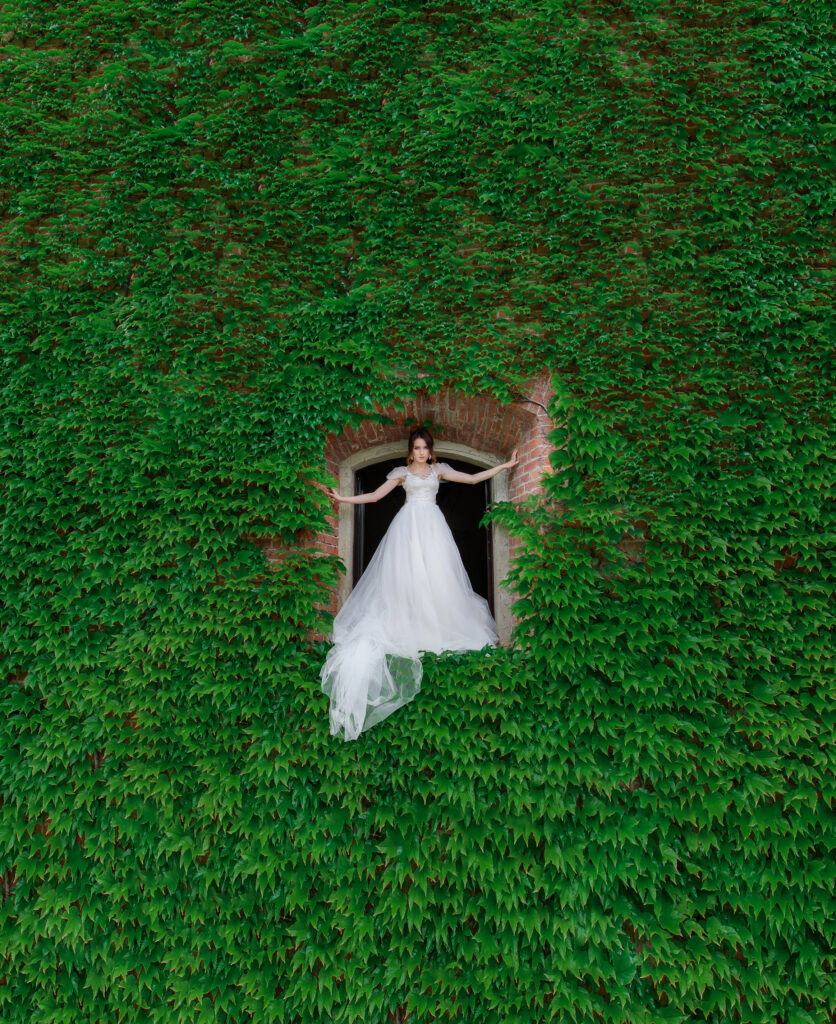


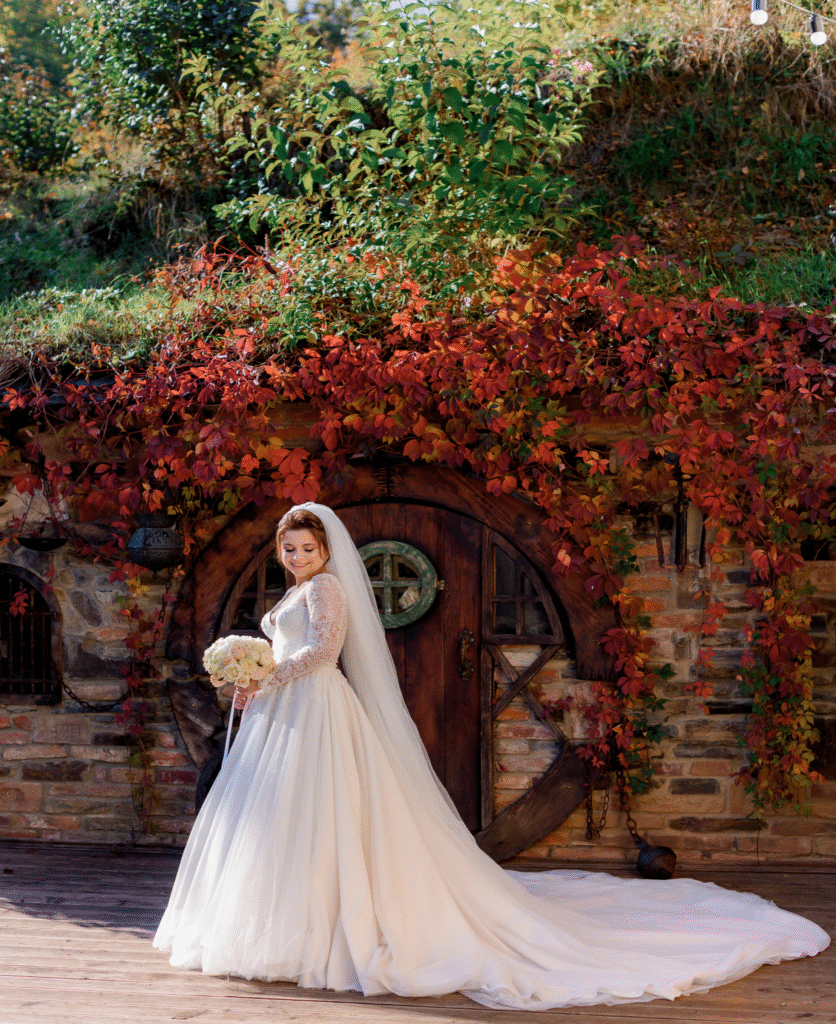


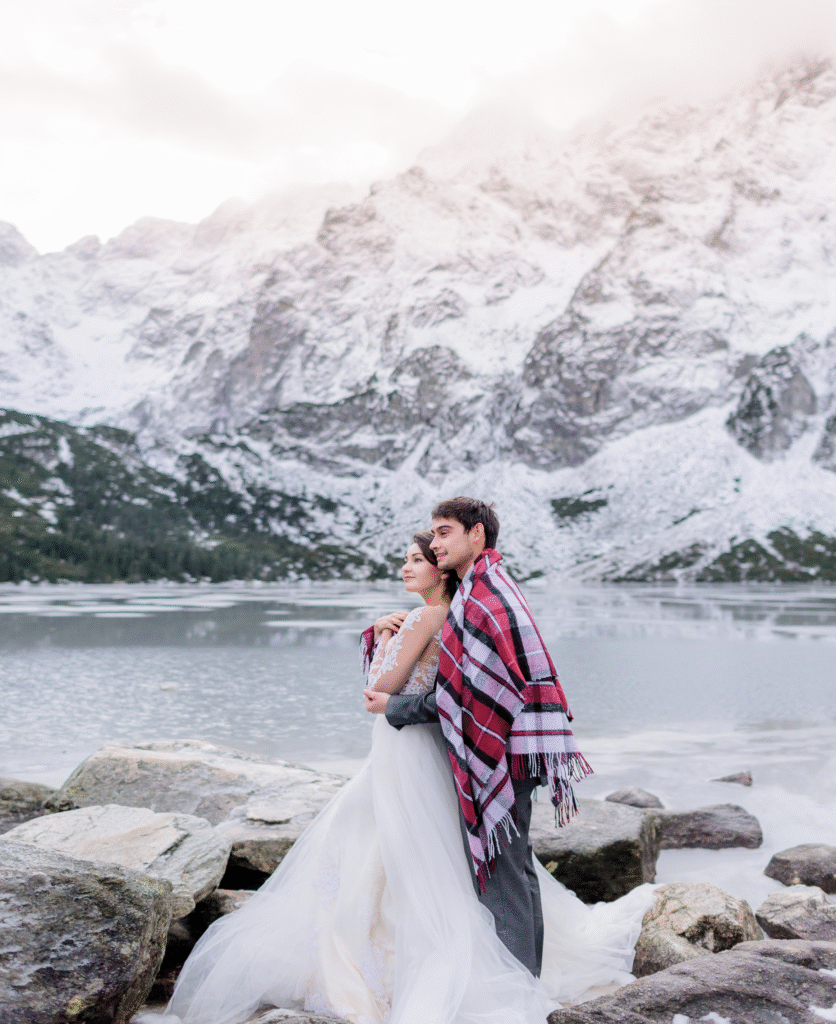

All-inclusive, top-quality service. Best for professionals.
Essentials to get you started. Simple and effective.
More features and customization. Great value.

Begin your personalized photography experience right away.Don’t wait—make your memories unforgettable today.

Welcome to WordPress. This is your first post. Edit or…
Welcome to WordPress. This is your first post. Edit or…
Welcome to WordPress. This is your first post. Edit or…